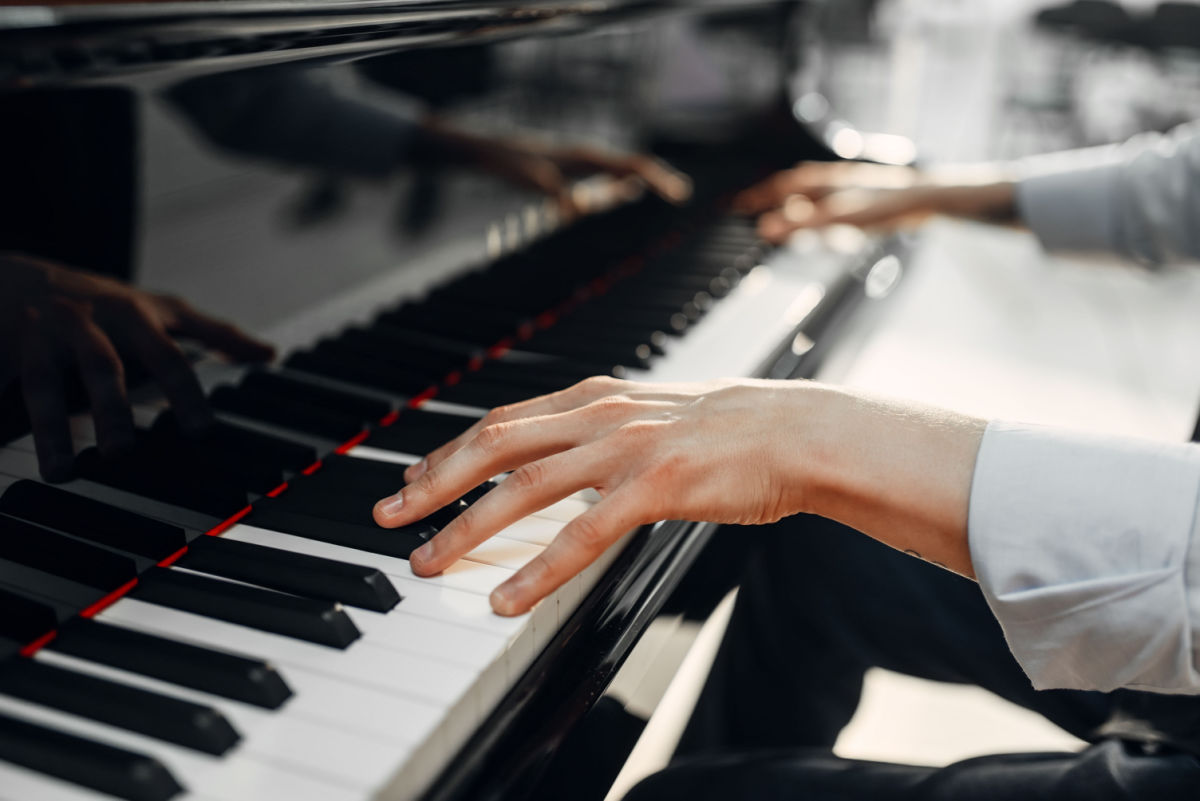
Why Do My Wrists Hurt Playing the Piano?
Wrist pain is a fairly common occurrence for pianists. From beginners to high-level musicians, this is an issue many pianists need help with when playing. In addition, many advanced-level pianists take years off and enter physical therapy due to wrist pain.
However, if your wrists hurt playing the piano, listen to your body to address the issue. Doing this will allow you to correct the problem before the pain in your wrist becomes significant and requires medical treatment.
Philadelphia Hand to Shoulder Center performs wrist surgery in Washington Township, NJ, and wants to help you keep your wrists free from pain. We’ll cover some common questions and answers about experiencing wrist pain from playing the piano.
Is Your Wrist Supposed to Hurt When Playing the Piano?
No, you shouldn’t have discomfort in your wrist when playing the piano. Pain is a warning sign from our bodies that something is wrong. If your wrists hurt playing the piano, adjust how you play to address the issue. Simple changes in hand positions and technique can help pianists avoid injury.
It’s worth noting that you don’t necessarily have an injury because you have wrist pain. However, you should acknowledge the pain, stretch, and correct your technique as soon as possible. If you ignore the pain and continue playing the same way, your pain will only intensify and cause injury to your hands and wrists.
Can Playing the Piano Cause Carpal Tunnel?
Unfortunately, yes, some pianists struggle with carpal tunnel. Developing carpal tunnel is a severe problem for pianists. It causes weakness, numbness, tingling, and pain in the hands and wrists. It can severely limit your ability to play piano.
Carpal tunnel syndrome is the median nerve compression as it passes into the hand. The pain results from excess pressure on the median nerve and the wrist.
Most people who play the piano do so for pleasure but often have jobs that place pressure on the wrists. Any job that requires you to make repetitive hand motions, use awkward hand positions, or use strong gripping puts you at risk for carpal tunnel.
How to Avoid Wrist Pain When Playing the Piano
Using the correct technique, you can avoid hurting your wrists while playing the piano. A neutral or straight wrist is the ideal position for piano playing and preventing carpal tunnel.
Piano instructors teach students this position, but many pianists relax and develop bad habits as they play. These bad habits appear in different hand positions, which is why their wrists hurt playing the piano.
Here’s how you should sit at the piano to prevent injury to your wrists and other body parts.
- Sit up straight, and align your head, shoulders, and hips.
- Rest your feet entirely on the floor (use a stool if they don’t reach it).
- Align your elbow, wrist, and pinky finger when playing.
- Use the weight of your arm when playing instead of pressing from your hand and fingers.
- Keep in mind the height of your bench. Does it allow you to play comfortably? Can you keep your elbows and wrists aligned when playing?
Playing the Piano Should Be Painless
In modern times, many people work at computers and spend a considerable amount of time typing. However, you should still be able to enjoy playing the piano in your spare time. So when your wrists hurt playing the piano, it doesn’t have to prevent you from doing it.
If you have a ligament injury in the Greater Philadelphia area, Philadelphia Hand to Shoulder Center can help you. We offer expert orthopedic care for hands, wrists, arms, elbows, and shoulders. Contact us today to request an appointment!

Recent Comments